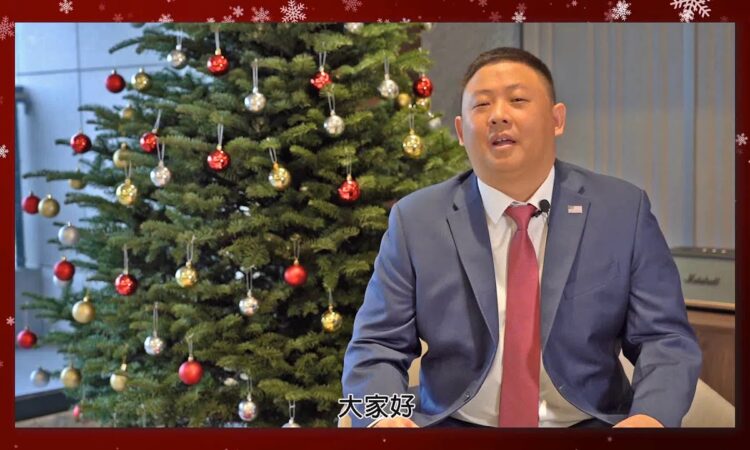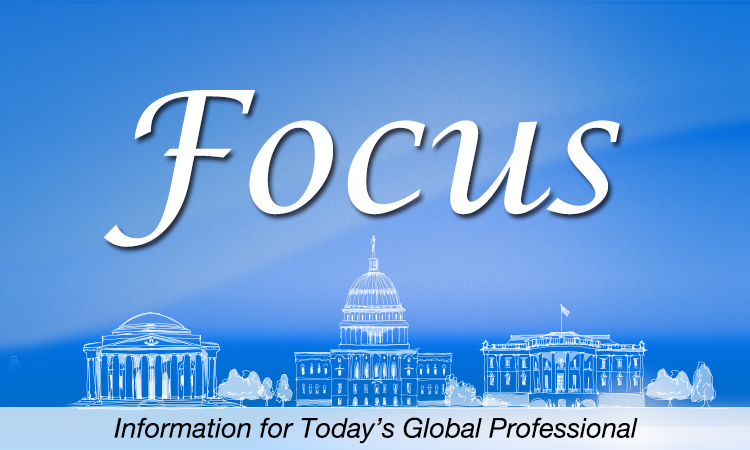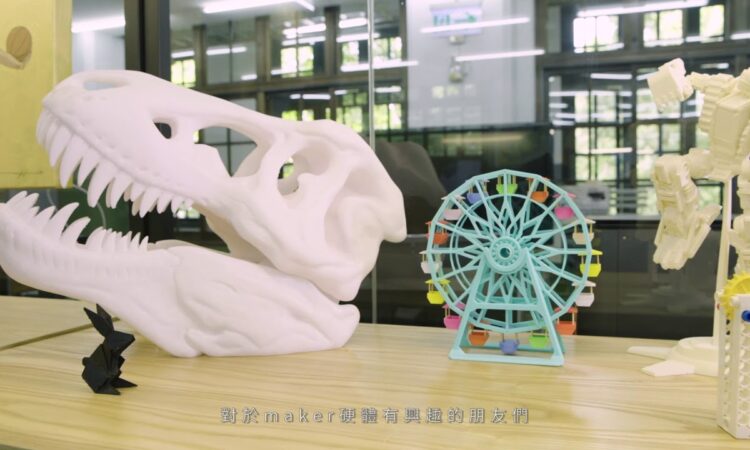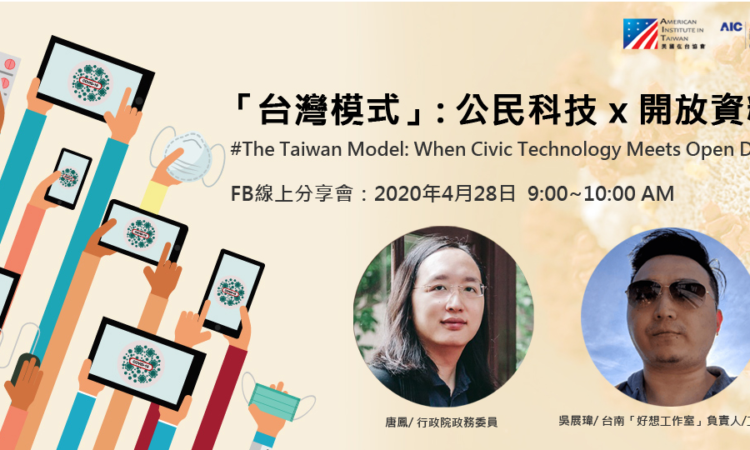如果您對下列項目有興趣,請與美國資料中心聯絡。電話:2723-3959 轉 202
- 一月一日 (星期一) 元旦,放假。
- 一月十五日(星期一) 馬丁路德.金恩日,放假。
- 二月十五日–二月二十日 春節,放假 。
- 二月十九日 (星期一) 總統日, 放假。
- 二月二十八日(星期三) 和平紀念日,放假。
To receive or reserve any of these items, please contact Information Resource Center at 2723-3959, ext. 202 or aitirc@mail.ait.org.tw.
- January 1 (Monday) New Year’s Day, closed.
- January 15 (Monday) Birthday of Martin Luther King, Jr. Closed.
- February 15-20 Chinese Lunar New Year. Closed
- February 19 (Monday) Washington’s Birthday. Closed.
- February 28 (Wednesday) Peace Memorial Day. Closed.
 1. 美國在台協會代理處長傅德恩全球合作暨訓練架構「提升亞太寬頻普及率及縮短數位落差」工作坊開幕致詞稿。
1. 美國在台協會代理處長傅德恩全球合作暨訓練架構「提升亞太寬頻普及率及縮短數位落差」工作坊開幕致詞稿。
Remarks by AIT Acting Director Robert Forden at the Global Cooperation and Training Framework Workshop. 
OT-1722, December 8, 2017, 2 pages.
“Closing this ‘digital divide’ is not just a question of social fairness, it is also smart economics. There is no denying that the global economy and society are moving increasingly on-line.” (From AIT)
2. The United States 2017 National Security Strategy.  (PDF, 1.74MB)
(PDF, 1.74MB)
White House, December 18, 2017, 68 pages.
“A new national security strategy for a new era: less than a year after taking office, President Donald J. Trump is unveiling a new National Security Strategy that sets a positive strategic direction for the United States that will restore America’s advantages in the world and build upon our country’s great strengths.” (From the White House)
3. Tillerson, Rex W.
美國國務卿雷克斯‧提勒森「迎接2017年及今後外交政策的挑戰」演說摘譯。 
Meeting the Foreign Policy Challenges of 2017 and Beyond. 
U.S. State Department, December 12, 2017, 13 pages.
“I’m going to touch on South Asia and the President’s policy on Afghanistan, Pakistan, and India; the EU-NATO relationship; Russia and our efforts to re-establish relations with Russia; and then I’m going to just pick very quickly at a few of the issues we’re dealing with in the Western Hemisphere. But I think it is not lost – and I think the point was made, and I’m not – will not be the last to appreciate the irony of the Atlantic Council hosting an event on U.S. partnership with South Korea, and I think that point’s been made. But in my view, it does make perfect sense because as you have seen, it takes unity and strong partnerships, those that span the Atlantic and Pacific, to counter the prospect of a nuclear-armed North Korea.” (From AIT)
4. Hartman, Geoffrey and Jane Nakano.
The Impact of Regional Maritime Disputes on Energy Security in Asia. 
Center for Strategic and International Studies, December 8, 2017,22 pages.
“This report provides a summary of the discussion from a CSIS roundtable held on October 18, 2017, as part of the CSIS-Pertamina Energy Security Roundtable Series. The discussion brought together government, industry, financial, and policy experts to explore the state of regional maritime disputes in Southeast Asia and their impact on the energy security of countries in the region. This was the third in a series of roundtables that will be convened this year to examine the most important energy issues affecting Southeast Asia and their broader strategic significance to regional and global energy security.” (From CSIS)
5. Manning, Robert A.
Northeast Asian Futures. 
Atlantic Council, November 29, 2017, 11 pages.
“The great Asian paradox is that a region steadily becoming more economically integrated is filled with distrust, competing nationalisms, and territorial disputes in the security realm. This is epitomized by Northeast Asia and the North Pacific: the region features the world’s three largest economies; three of the largest militaries; three of the five declared nuclear weapons states, and one de facto nuclear state. It is the locus of the greatest near-term threat to regional stability and order—the North Korea nuclear problem—and it is also increasingly the nexus of the global economy. Each North Korean missile launch and nuclear test highlights the risks of a very dangerous nuclear flashpoint.” (From Atlantic Council)
6. Wright, Thomas.
A Post-American Europe and the future of U.S. strategy. 
Brookings, December 2017, 19 pages.
“The Trump administration and future U.S. administrations face a strategic choice between (1) taking short-term advantage of European divisions even if it might spur disintegration, (2) benign disinterest in Europe’s internal problems, and (3) a return to deep engagement in positively shaping a Europe that is coherent, prosperous, and effective on the world stage. Engagement may be a difficult sell domestically, but it is the best way of ensuring that Europe is a full partner of the United States in upholding the postwar international order of alliances, an open global economy, and support for democracy. However, Europeans cannot count on the United States consistently pursuing such engagement, and must continue efforts to strengthen autonomous European capabilities.” (From Brookings)

7. Atkinson, Robert D. and John Wu.
The 2017 State New Economy Index. 
Information Technology & Innovation Foundation, November 6, 2017, 81 pages.
The State New Economy Index uses 25 indicators to measure the extent to which state economies are knowledge-based, globalized, entrepreneurial, IT-driven, and innovation-oriented.” (From Information Technology & Innovation Foundation)
8. Setser, Brad W.
Tax Reform and the Trade Balance. 
Council on Foreign Relations, December 6, 2017, 13 pages.
“This article assess how the international reforms will impact where firms book profits and thus the measured trade and income balance, not just the mechanical impact of a higher fiscal deficit. ”(From Council on Foreign Relations)

9. Facts on Foreign Students in the U.S. 
Pew Research Center, November 20, 2017, 7 pages.
“The U.S. has more foreign students enrolled in its colleges and universities than any other country in the world. Explore data about foreign students in the U.S. higher education system below, and read the accompanying blog post, “New foreign student enrollment at U.S. colleges and universities doubled since Great Recession,” for more information.” (From Pew Research Center)
10. Hartman, Micah and others.
National Health Care Spending in 2016: Spending And Enrollment Growth Slow After Initial Coverage Expansions. 
Health Affairs, December 6, 2017, 11 pages.
“Health spending growth decelerated in 2016 following faster growth in 2014 and 2015 associated with coverage expansions under the Affordable Care Act (ACA) and strong retail prescription drug spending growth. In 2016 the slowdown was broadly based, as spending for the largest categories by payer and by service decelerated. Enrollment trends drove the slowdown in Medicaid and private health insurance spending growth in 2016, while slower per enrollee spending growth influenced Medicare spending. Furthermore, spending for retail prescription drugs slowed, partly as a result of lower spending for drugs used to treat hepatitis C, while slower use and intensity of services drove the slowdown in hospital care and physician and clinical services.” (From Health Affairs)
11. Kandel, William A
A Primer on U.S. Immigration Policy.  (PDF, 720KB)
(PDF, 720KB)
Washington, D.C.: Congressional Research Service, November 14, 2017, 20 pages.
“The dual role of U.S. immigration policy creates challenges for balancing major policy priorities, such as ensuring national security, facilitating trade and commerce, protecting public safety, and fostering international cooperation.” (From CRS report)
12. Parfomak, Paul W. and Nicole T. Carter.
Keystone XL Pipeline: Recent Developments.  (PDF, 299KB)
(PDF, 299KB)
Washington, D.C.: Congressional Research Service, November 21, 2017, 4 pages.
“TransCanada’s proposed Keystone XL Pipeline would transport oil sands crude from Canada and shale oil produced in the Bakken region of North Dakota and Montana to a market hub in Nebraska. On November 20, 2017, the Nebraska Public Service Commission (PSC) approved the “alternative mainline” route for the Nebraska segment of Keystone XL which would co-locate some of the new pipeline with the company’s existing Keystone (Mainline) Pipeline. This route differs from the siting that TransCanada originally proposed. Due to the PSC’s decision, Keystone XL may require additional federal authorizations and revision of existing ones, among other consequences, increasing the regulatory and economic uncertainty around the pipeline’s construction.” (From CRS report)
13. Albert, Eleanor.
North Korea’s Military Capabilities. 
Council on Foreign Relations, November 30, 2017, 14 pages.
“The United States and its Asian allies regard North Korea as a grave security threat. It has one of the world’s largest conventional military forces, which, combined with its escalating missile and nuclear tests and aggressive rhetoric, has aroused concern worldwide. But world powers have been ineffective in slowing its path to acquire nuclear weapons. The North’s leader, Kim Jong-un, sees the nuclear program as the means to sustain his regime. While it remains among the poorest countries in the world, North Korea spends nearly a quarter of its GDP on its military, according to U.S. State Department estimates. Its brinkmanship will continue to test regional and international partnerships aimed at preserving stability and security.” (From Council on Foreign Relations)
14. Livingston, David.
American Gas Is Going Global—Can It Also Go Green? 
Carnegie Endowment for International Peace, December 5, 2017, 5 pages.
“Is natural gas indeed a bridge fuel to a greener, low-carbon energy future? If American gas can maintain its attractiveness versus coal, this creates a sizable opportunity for both extant and emerging U.S. gas exporters.” (From Carnegie Endowment for International Peace)

15. Kyl, Jon.
American Innovation Depends on Strengthening Patents. 
The Hill, November 29, 2017, 2 pages.
“The American patent system is the lifeblood of the U.S. innovation economy. Businesses that secure patents innovate at higher rates than those that lack intellectual property; startups and new businesses that hold patents attract capital more easily than those that do not; and startups that obtain a patent are more likely to go public. According to the Department of Commerce, intellectual property intensive industries account for 38.2 percent of the U.S. economy, and support over 45.5 million good, high-paying jobs — about 30 percent of all U.S. employment.” (From the Hill)
16. Osoba, Osonde A. and William IV Welser.
The Risks of Artificial Intelligence to Security and the Future of Work.

Rand, December 6, 2017, 23 pages.
“This Perspective explores the policy implications of the rise of algorithms and artificial intelligence (AI) in two domains of significant importance and public interest: security and employment.” (From Rand)


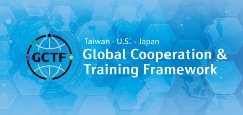




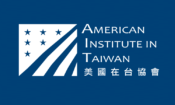
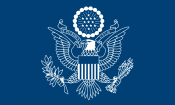
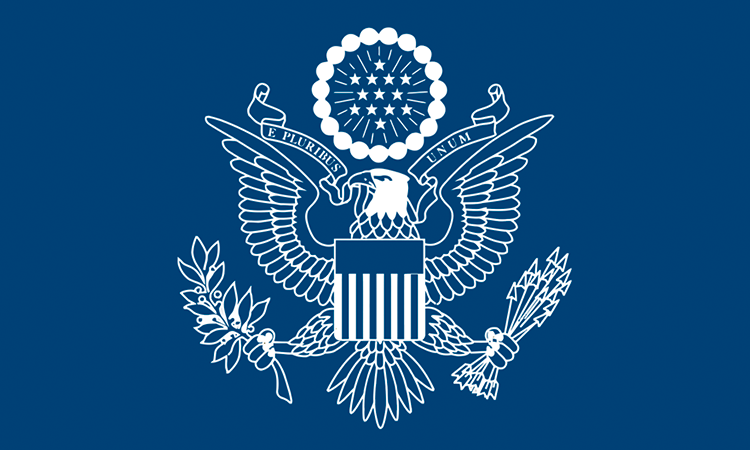



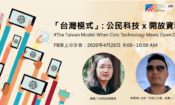
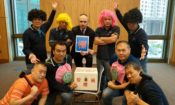
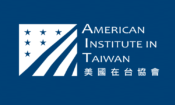
![Video Thumbnail [Recovered]-01](../wp-content/uploads/sites/269/Video-Thumbnail-Recovered-01-1-750x450.jpg)
